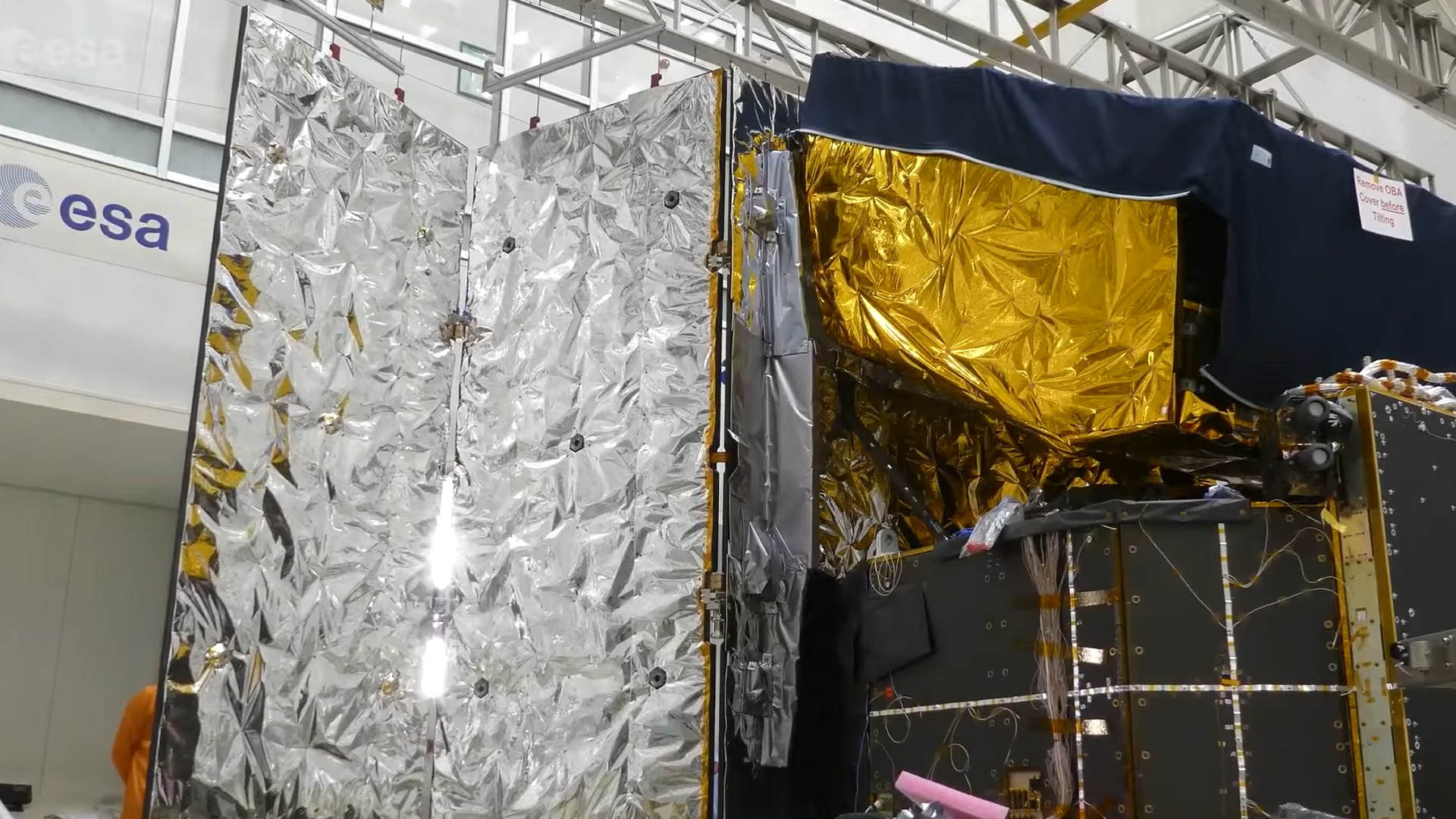New Estimate for Alien Earths: 2 Billion in Our Galaxy Alone

Roughly one out of every 37 to one out of every 70 sunlike stars in the sky might harbor an alien Earth, a new study reveals.
These findings hint that billions of Earthlike planets might exist in our galaxy, researchers added.
These new calculations are based in data from the Kepler space telescope, which in February wowed the globe by revealing more than 1,200 possible alien worlds, including 68 potentially Earth-size planets. The spacecraft does so by looking for the dimming that occurs when a world transits or moves in front of a star.
Scientists at NASA's Jet Propulsion Laboratory in Pasadena, Calif., focused on roughly Earth-size planets within the habitable zones of their stars — that is, orbits where liquid water can exist on the surfaces of those worlds. [The Strangest Alien Planets]
After the researchers analyzed the four months of data in this initial batch of readings from Kepler, they determined that 1.4 to 2.7 percent of all sunlike stars are expected to have Earthlike planets — ones that are between 0.8 and two times Earth's diameter and within the habitable zones of their stars.
"This means there are a lot of Earth analogs out there — two billion in the Milky Way galaxy," researcher Joseph Catanzarite, an astronomer at NASA's Jet Propulsion Laboratory, told SPACE.com. "With that large a number, there's a good chance life and maybe even intelligent life might exist on some of those planets. And that's just our galaxy alone — there are 50 billion other galaxies."
After three to four years of Kepler data are investigated, the scientists predict a total of 12 Earthlike worlds will be found. Four of these have already been seen in the four months of data released so far, they added. Kepler mission scientists have estimated that, altogether, there could be 50 billion planets in the Milky Way, though not all would be Earth-size worlds within the habitable zone of their local stars. [NASA's Kepler Telescope By-The-Numbers]
Breaking space news, the latest updates on rocket launches, skywatching events and more!
When it comes to the 100 nearest sunlike stars within a few dozen light years, these findings suggest that only about two might have Earthlike worlds. Still, Catanzarite did note that red dwarfs might host Earthlike planets as well, and that such stars are far more common than sunlike stars.
Although researchers will find it much harder to detect an Earth-size planet transiting in front of dim red dwarfs, scientists are currently trying to detect such planets around these stars by the gravitational tugs they would exert on each other.
"I'd expect to hear one day about habitable Earth analogs around these stars," Catanzarite said.
Catanzarite and his colleague Michael Shao detailed their findings online March 8 in a paper submitted to the Astrophysical Journal.
Follow SPACE.com contributor Charles Q. Choi on Twitter @cqchoi. Visit SPACE.com for the latest in space science and exploration news on Twitter @Spacedotcom and on Facebook.
Join our Space Forums to keep talking space on the latest missions, night sky and more! And if you have a news tip, correction or comment, let us know at: community@space.com.

Charles Q. Choi is a contributing writer for Space.com and Live Science. He covers all things human origins and astronomy as well as physics, animals and general science topics. Charles has a Master of Arts degree from the University of Missouri-Columbia, School of Journalism and a Bachelor of Arts degree from the University of South Florida. Charles has visited every continent on Earth, drinking rancid yak butter tea in Lhasa, snorkeling with sea lions in the Galapagos and even climbing an iceberg in Antarctica. Visit him at http://www.sciwriter.us
